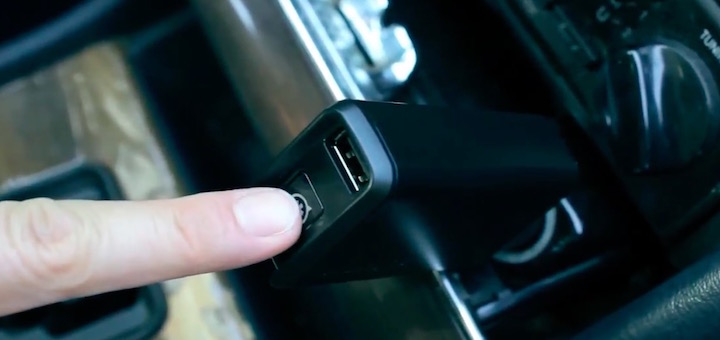On the road in sensor city – Apple Car is coming, don’t hold your breath

It’s like this: Autonomous cars are coming. They will be made available by a range of manufacturers. They will carry sophisticated collision evasion, object detection, self-direction, and autonomous intelligence systems.
Smart machines
They will demand a huge range of immediately activated sensors that can deliver near real time alerts and almost instant AI decisions dedicated to keeping you – and other road users – safe.
They will be connected. They won’t just be connected to the network you choose to use, but also to every other vehicle on the road, the road itself, and law enforcement and traffic management systems.
These vehicles will hum with intelligence. Think Siri gone serious, or an Alexa that can do a whole lot more than shopping. Those smarts mean these vehicles won’t just be vehicles, they’ll know what you need, what temperature you like, the most appropriate seat position for your journey, and how much activity you need to engage in today.
It doesn’t stop there.
In theory at least, these intelligent vehicles will be able to figure out what in transit entertainment you prefer, how to obtain and also provide it, where you want to go – why – and remind you about whatever it is you need to do when you get there.
You before you know it
Hungry? Your vehicle will know it. It may even recommend a place to go, or – potentially – be able to order up some food and make sure you reach the right place at the right time to collect it. These systems will be able to pack more processors than some human minds.
Shopping? Surfing the net? News reports? Your connected contraption will use a magic almost as sophisticated as Chitty Chitty Bang Bang to deliver you whatever it is your brain, mind and body need.
All of this is evident. All of this is predictable. Because everything you use your Mac, iPad or iPhone for can be bought together in vehicles like these. And more.
All it takes is the sensors. Sensors in the engines. Sensors in the seats. Sensors in the steering wheel. Sensors in the front, internal and rear lights. Sensors to help you park. Sensors to help identity obstructions that never got lab-tested. Sensors designed to figure out the difference between a human being and a statue.
Make decisions
Artificial intelligence that can analyse all this sensor-gathered information in real time and make sure your vehicle can still tell the difference between a street side trash can and a pram. And make the right decision, in real time, as to which object to crash into at those times when the in-vehicle, in-other-vehicle, or human driver’s own physical sensors fail.
No wonder developing these blooming things is taking so very long.
But they’re coming. You know they are.
Don’t hold your breath.





In my opinion, driverless technology will first show up in driverless Ubers. Look at Apple’s investment into China’s Didi. Also, what is the best place to operationally test the technology. China needs this technology more than we do and will work with Apple to test the technology in an operational setting. Just the avoidance of lawyers in China will accelerate the acceptance of this technology. A driverless Uber to replace taxis and mass transit will transform our big cities. The cost of mass transit/taxis will dramatically drop and technology may be very beneficial to road congestion and may lower the cost of road expansion. There is lots of money to be made here on the taxi and uber side. Consumers in big cities may downsize to one car if taxi costs drop dramatically. On the consumer side, I see this technology coming in as smarter and smarter cruise control that may start working in city traffic. I don’t see Apple selling cars directly to the public for many years, but will make/operate cars for headless Uber equivalents . I believe that Apple’s invest in Didi revealed their path to the market place.
One of the bigger reasons:
Once the reactionaries have been hounded out of position and the environment is returned to the top of the stack, is it really sustainable to attempt to build a car for everyone on the planet? Is it even possible?
if it is not possible, then the future of car transport must inevitably be shared car transport.